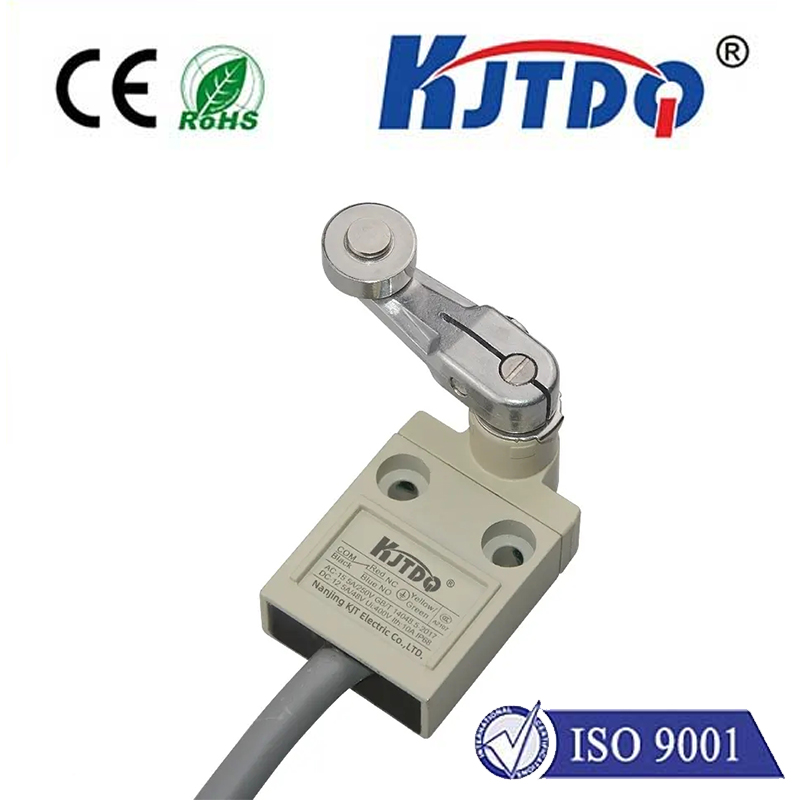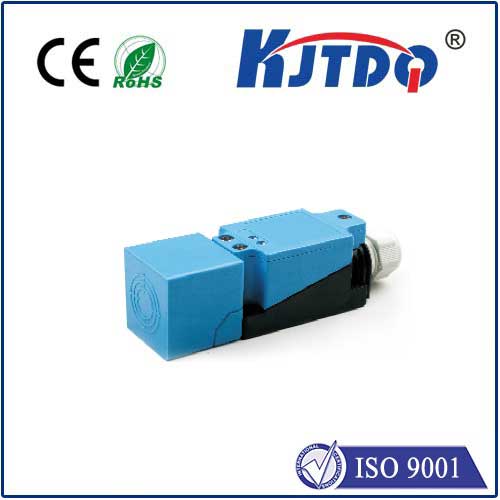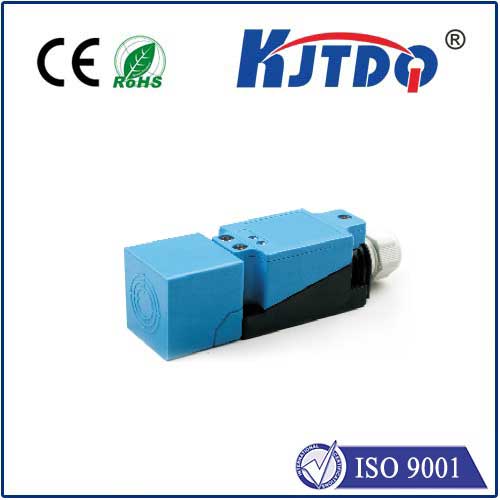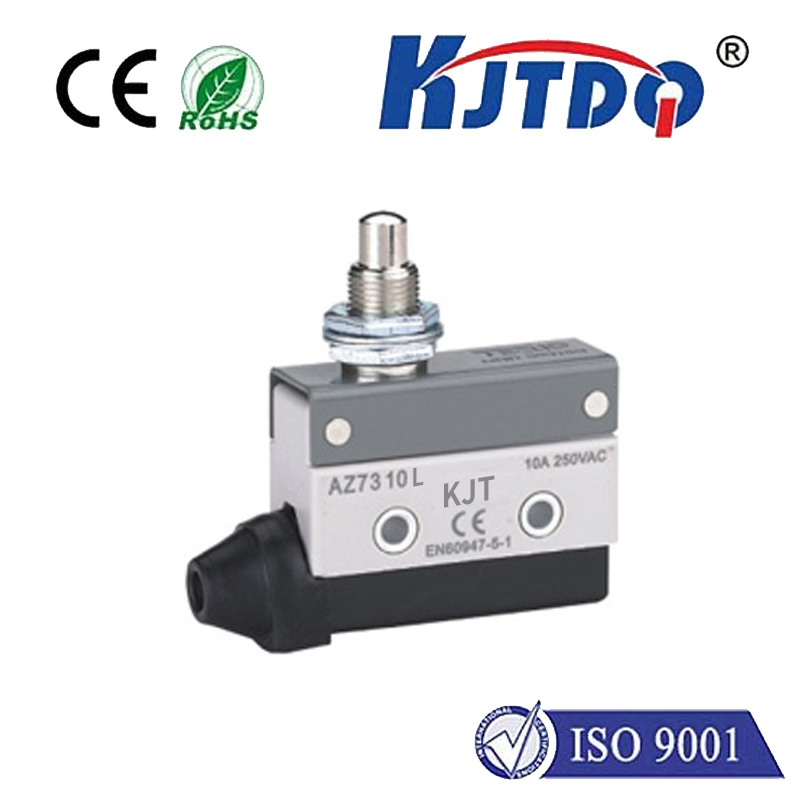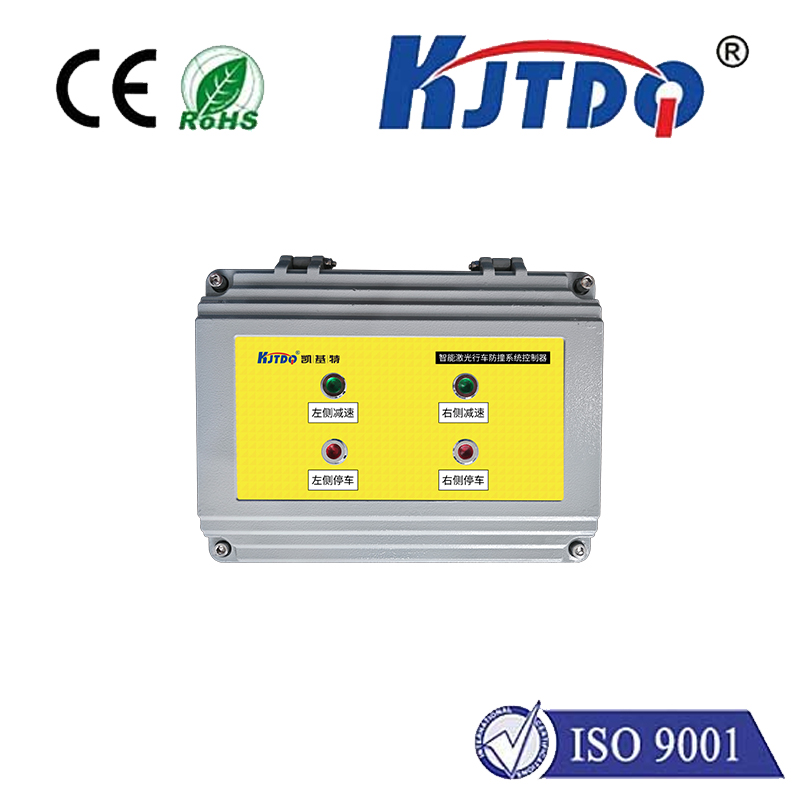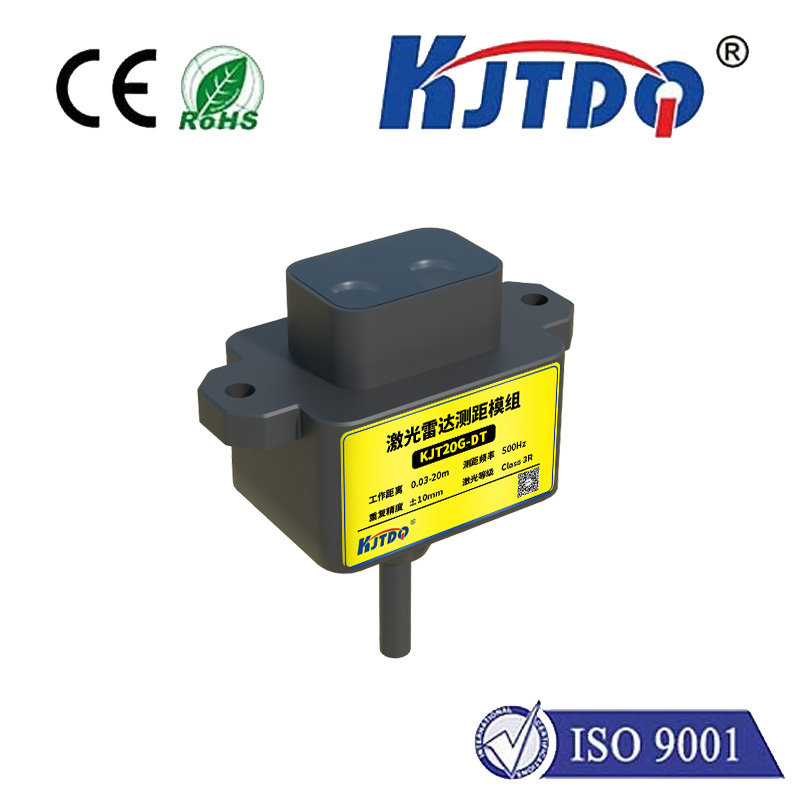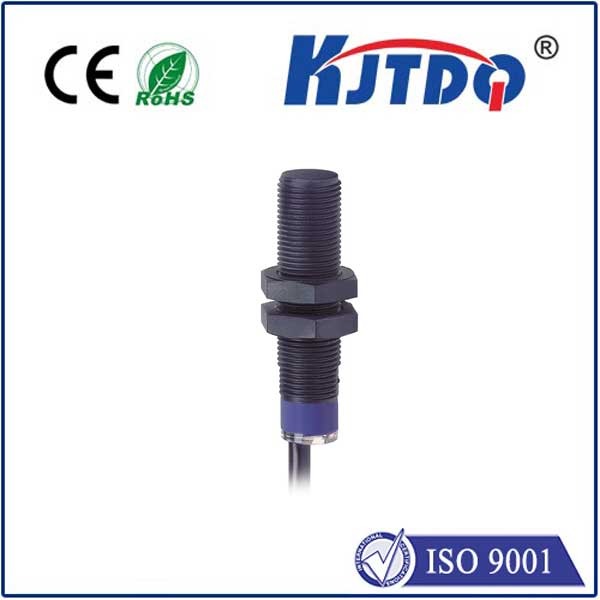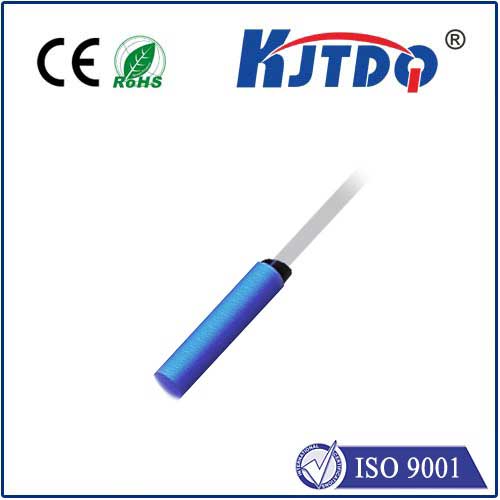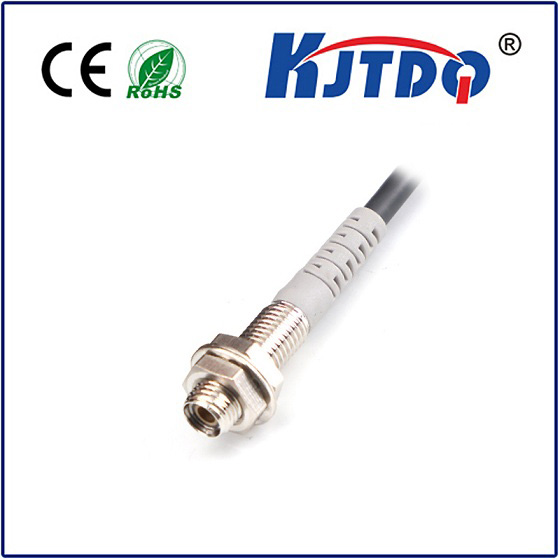

check

check

check

check

check

check

check

check

check

check
Title: Push Limit Switch: A Safety Essential in Industrial Automation
In industrial automation, safety is of paramount importance. One critical component that ensures safety is the push limit switch. This article delves into the significance of push limit switches, their function, and how they contribute to a safe working environment.
1. Introduction
The concept of push limit switches has revolutionized industrial automation by providing a simple yet effective mechanism for ensuring safety. This innovative technology is used to detect when a machine or system has reached its operating limits, triggering an emergency stop or alerting operators of potential hazards. By understanding the role of push limit switches, we can gain insight into their importance and benefits in promoting a safe working environment.
2. The Function of Push Limit Switches
Push limit switches work through a mechanical or electronic mechanism that allows them to trigger an action when the machine's movement reaches a predetermined point. These switches are typically installed on machines or systems that require precise control over their movements, such as conveyor belts, hydraulic systems, and robotic devices. When the machine reaches its operating limits, the switch is activated, either by a physical force or an electrical signal, causing the machine to stop or reverse its direction.
3. The Importance of Push Limit Switches in Industrial Automation
Push limit switches play a crucial role in preventing accidents and ensuring safe operation in industrial settings. They help prevent equipment from overheating, damaging components, or causing injury to workers due to excessive movement. By detecting when a machine is approaching its limits, push limit switches provide operators with ample time to take corrective actions, reducing the risk of catastrophic events.
Moreover, these switches facilitate better monitoring and control over machine operations, allowing for more efficient and effective use of resources. By identifying areas where improvements can be made, manufacturers can optimize their processes and reduce production costs while maintaining safety standards.
4. Types of Push Limit Switches
There are two primary types of push limit switches: mechanical and electrical. Mechanical switches consist of a plunger that is pushed against a spring-loaded contact, while electrical switches use an electromagnetic mechanism to activate the switch contacts. Both types have their advantages and disadvantages, depending on the specific application requirements.
5. Installation and Maintenance of Push Limit Switches
Proper installation and maintenance of push limit switches are essential for ensuring their accurate detection and reliable operation. It's essential to follow manufacturer guidelines when installing and connecting these switches to ensure proper function. Regular inspection and testing should also be conducted to identify any issues or wear and tear that may affect their performance.
6. Best Practices for Safe Use of Push Limit Switches
To ensure safe use of push limit switches in industrial automation, it's vital to follow best practices recommended by industry experts and manufacturers. These include:
a) Regular inspection and maintenance of push limit switches to identify and address any issues promptly.
b) Ensuring that push limit switches are properly aligned with the operating range of the machine or system.
c) Using appropriate push limit switch designs and materials suitable for the specific application.
d) Providing adequate space around push limit switches for operator access and visibility during operation.
e) Educating operators on the proper use of push limit switches and their responsibilities in maintaining safety standards.
In conclusion, push limit switches play a crucial role in promoting safety and efficiency in industrial automation. By understanding their function, importance, and proper installation and maintenance practices, we can harness the full potential of this technology to create safer working environments for both operators and workers alike.
